Czech Fruit Dumplings Sweet Treats for Summer
11 min read Discover delicious Czech fruit dumplings, perfect for summer indulgence and exploring authentic Czech sweet treats this season. August 04, 2025 06:05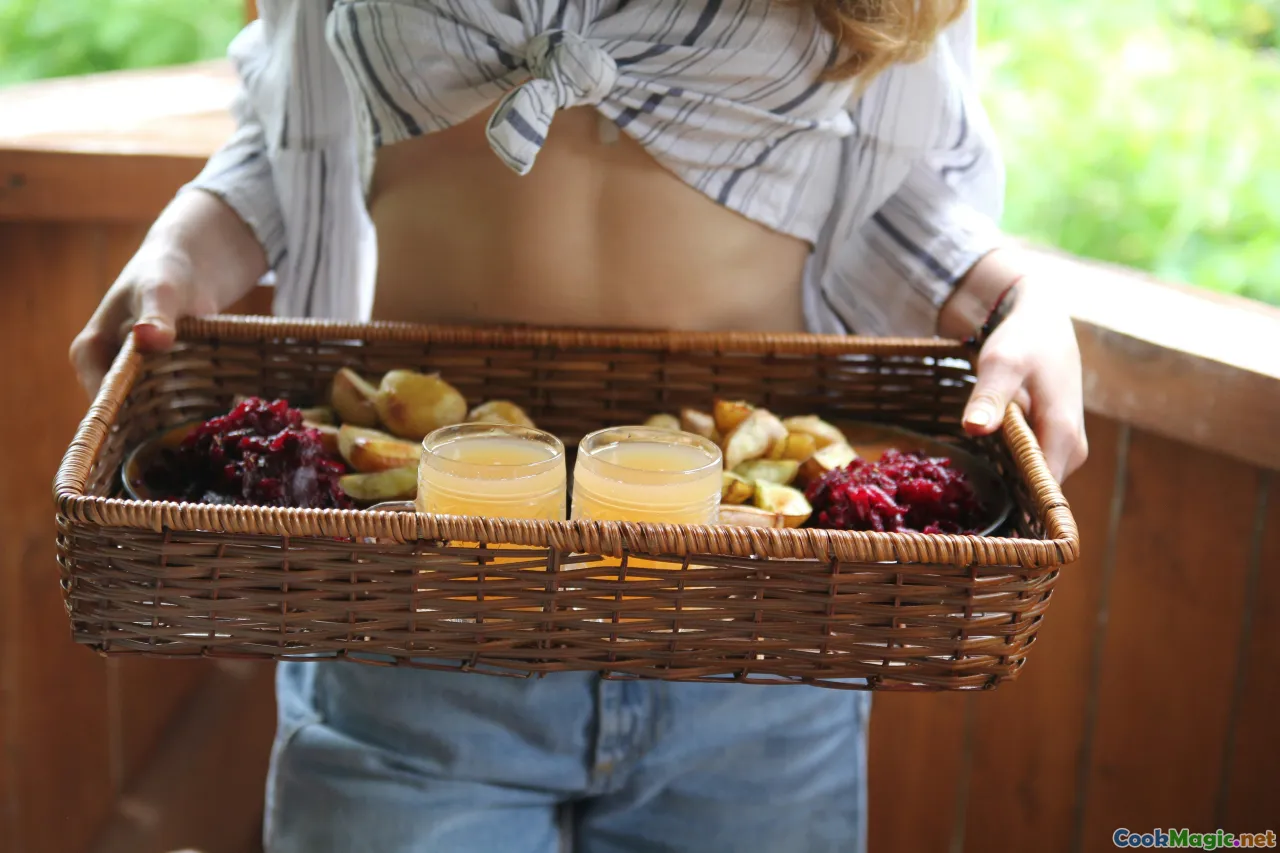
Czech Fruit Dumplings: Sweet Treats for Summer
As the warm sun pierces through blooming kolonády and the scent of fresh berries wafts through historic Czech city streets, I find myself nostalgic for the humble yet exquisite Czech fruit dumplings—ovocné knedlíky. These sweet, tender parcels carry a rich tapestry of history, family tradition, and the pure joy of summer’s bounty, transforming simple ingredients into culinary poetry that captures the soul of Czech summer. Join me as I explore their origins, craft, cultural significance, and how these delightful treats embody everything cherished about Czech cuisine.

The Heart of Czech Summer: A Tradition Woven Through Time
In the Czech Republic, summer marks a celebration of the harvest, a time when lush strawberries, apricots, cherries, and blue plums reach their peak. For generations, families gathered in countryside kitchens and bustling markets, sharing stories over steaming pots and colorful fruit pies. Among these traditions, ovocné knedlíky stood out as beloved. They are more than mere dessert; they are a sensory bridge to community, family, and the land.
In small Czech villages, grandmothers passing down recipes by the crackling fireplace sing of balmy nights and ripe berries picked straight from their gardens. In city markets like Prague’s Havelská, stalls burst with vibrant fruit. These ingredients became the essence of summer, transformed into delicate dumplings that evoke childhood and nostalgia.
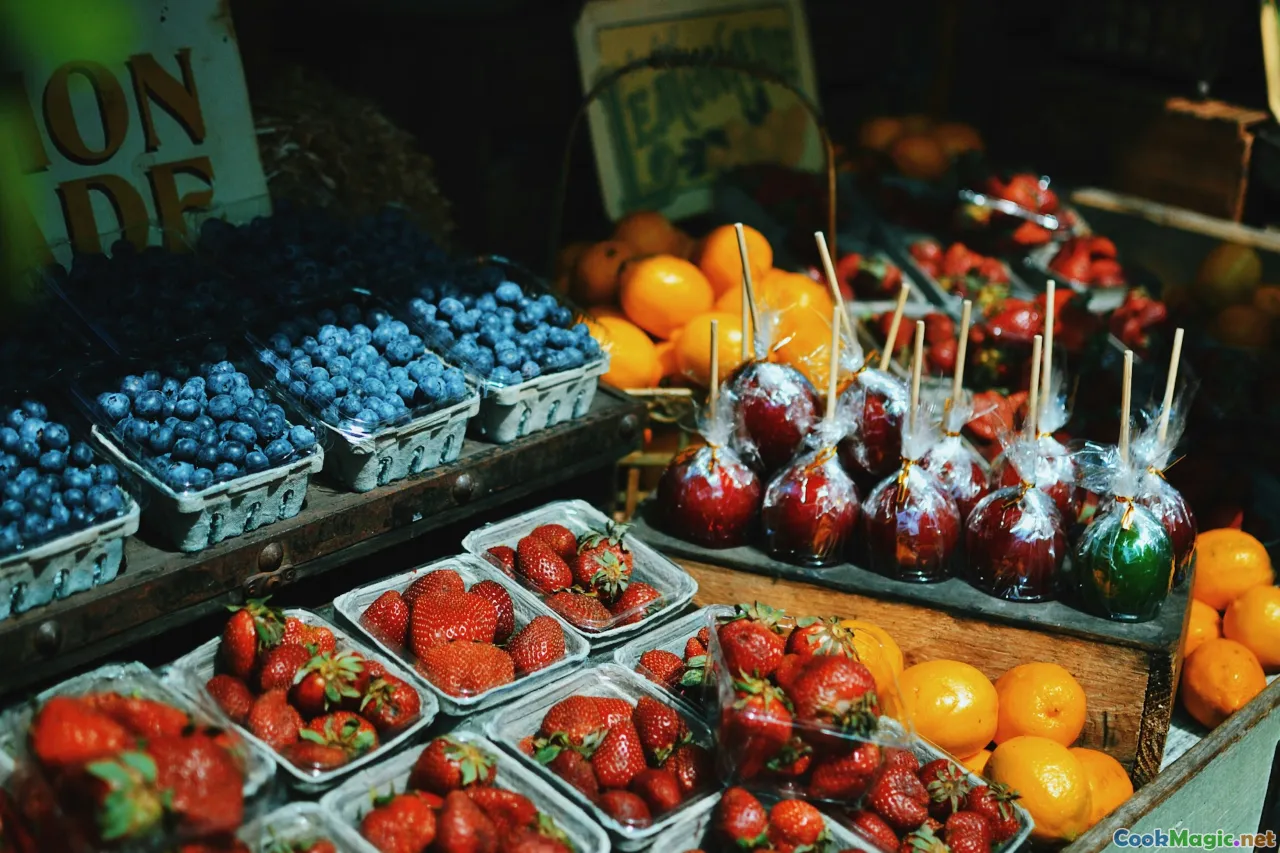
Anatomy of a Czech Fruit Dumpling
Czech fruit dumplings are deceptively simple. Their allure comes from meticulous craftsmanship and vivid ingredient combinations. Traditionally, they consist of a soft wheat dough, enriched with eggs and a pinch of salt, molded around fresh fruit or fruit preserves, then boiled till tender.
Core Ingredients
- Dough: A tender mixture blending flour, eggs, a little milk or water, sugar, and often a dash of vanilla or lemon zest to elevate aroma.
- Filling: The star varies—sweet cherries, ripe strawberries, apricots, plums, or enumerate seasonal favorites. Some cooks prefer a spoonful of fruit preserves for convenience or intensified flavor.
- Coating: Once boiled, the dumplings are traditionally rolled in finely grated bread crumbs toasted in butter, then dusted with powdered sugar.
Visual Appeal
Golden, plump, and bursting with jewel-toned fruit, each dumpling might appear as a delicate, cloud-like orb or a neatly rounded pillow. When cut open, the juice-soaked fruit invites admiration—the vibrant reds, yellows, and purples contrasting against the soft white dough.

Step-by-Step: Making Czech Fruit Dumplings at Home
Embarking on a journey to recreate ovocné knedlíky involves a sprinkle of patience and a heap of love. Here’s a detailed guide:
Ingredients for approximately 6-8 dumplings
- 250 g all-purpose flour
- 1 large egg
- 125 ml milk or water
- 2 tablespoons sugar
- Pinch of salt
- 1 teaspoon vanilla extract (optional)
- About 300 g fresh fruit (cherries, strawberries, apricots, plums)
- 50 g fresh breadcrumbs
- 30 g unsalted butter
- Powdered sugar for dusting
Procedure
- Prepare the Dough: In a large bowl, combine flour, sugar, salt, and vanilla. Make a well in the center, crack in the egg, and gradually pour in milk, mixing until a smooth, elastic dough forms. Let it rest for 15 minutes.
- Prepare the Fruit: Wash and pit cherries or cut fruit into manageable pieces. If using preserves, spoon a teaspoon onto small portions of dough.
- Form the Dumplings: Taking a small piece of dough, flatten it, place a piece of fruit or a dollop of preserve in the center, then carefully pinch the edges to seal, forming a smooth ball.
- Boil: Bring a large pot of salted water to a gentle boil. Drop the dumplings in, stirring gently to prevent sticking. Cook for about 8-10 minutes, or until they float to the surface.
- Toast Breadcrumbs: In a skillet, melt butter and toast breadcrumbs until golden.
- Serve & Garnish: Remove dumplings with a slotted spoon, roll them in toasted breadcrumbs, dust with powdered sugar, and serve warm with a dollop of cream or a drizzle of fruit syrup.
Tips for Success
- Use ripe, flavorful fruit for the best taste and juiciness.
- Handle the dough lightly to keep it tender.
- Do not overcrowd the pot; cook only a few at a time to prevent sticking.
- Serve immediately to enjoy the perfect texture.
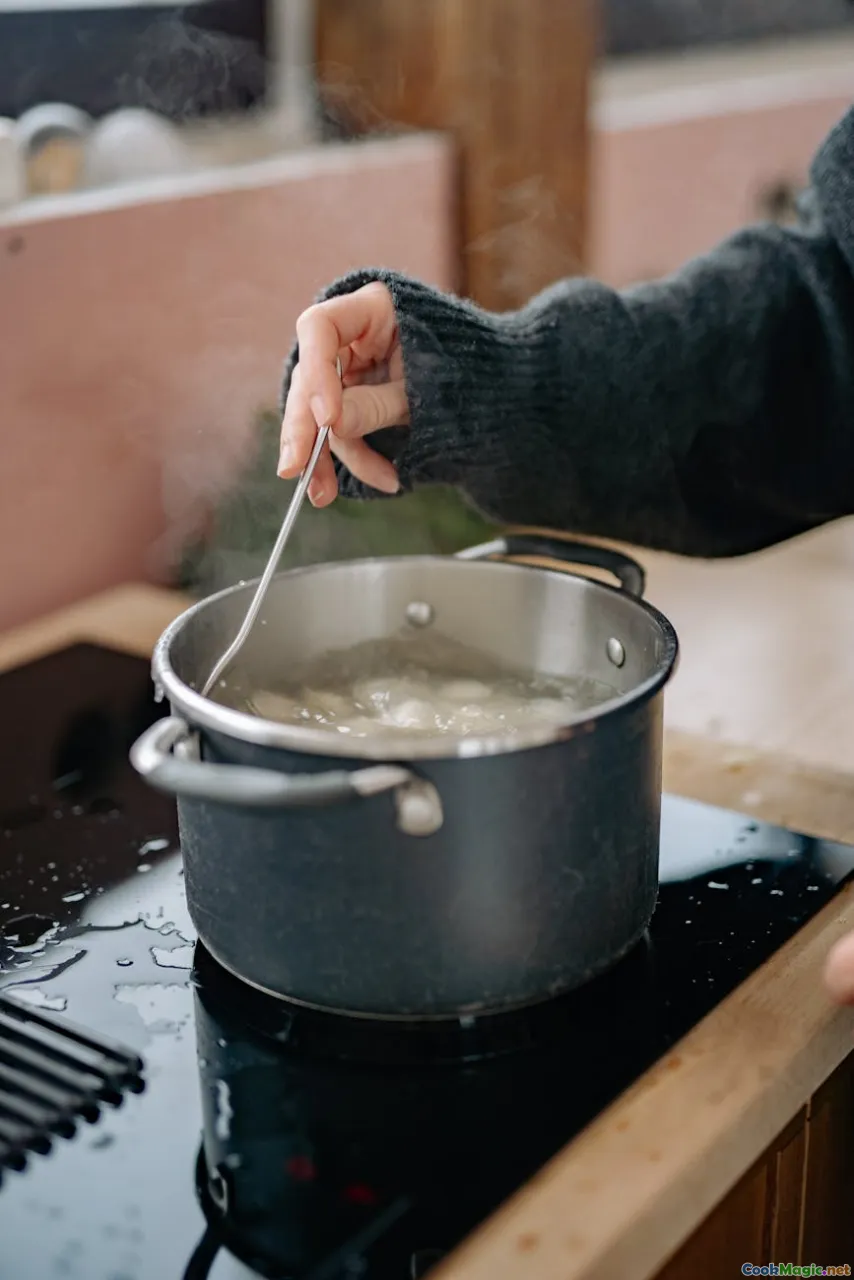
Variations and Modern Twists
While traditional Czech fruit dumplings hold the crown, modern kitchens have embraced creative variations:
- Cheese-filled knedlíky: Swirling cottage cheese into the dough adds a creamy surprise.
- Herb accents: A touch of mint or basil complements fresh summer fruits.
- Vegan adaptations: Using plant-based milk and egg replacers can make dumplings suitable for vegan diets.
- Unconventional fruits: Peach slices, blackberries, or even figs make delightful filling options.
These inventive spins often appear at Czech summer festivals or contemporary pastry shops, blending tradition with culinary innovation.
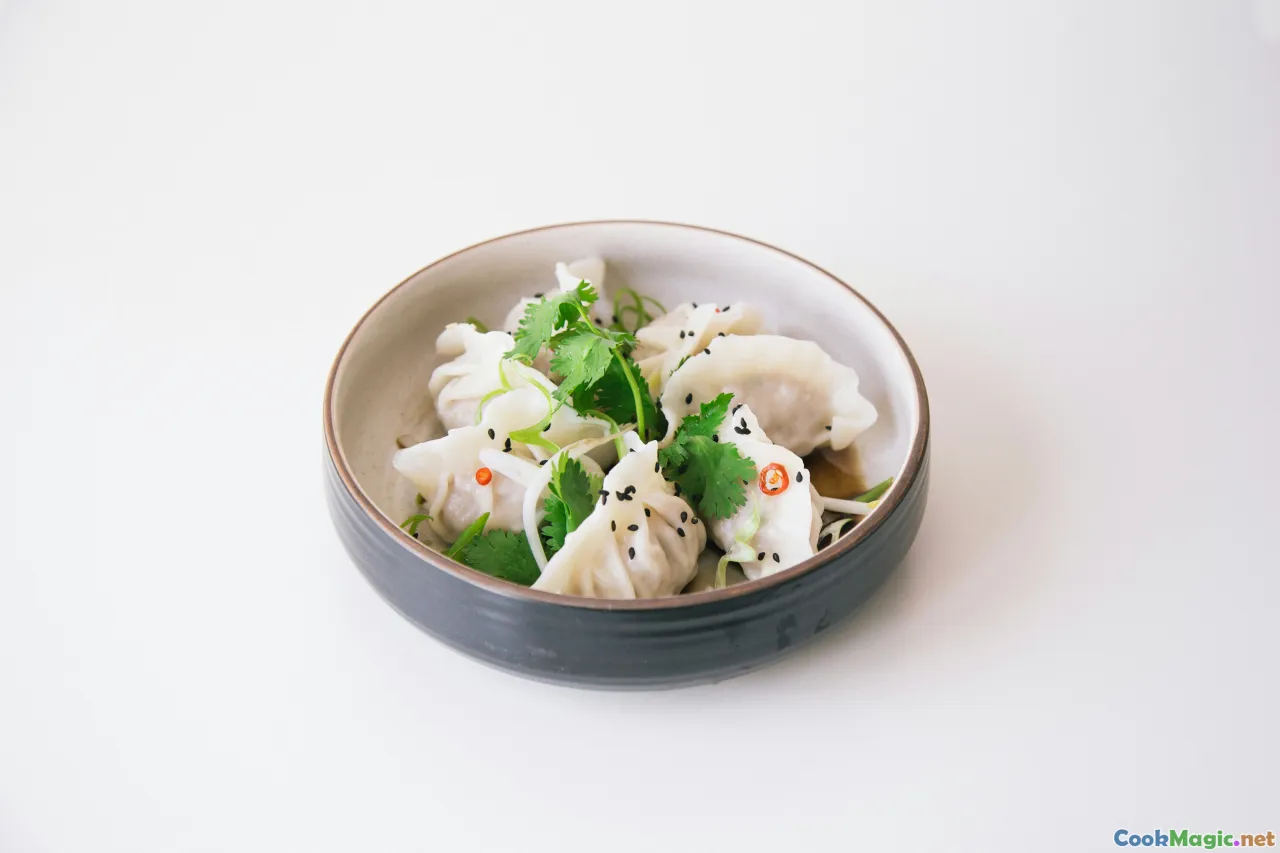
Cultural Significance and Places to Enjoy
Beyond the comfort of your home, Czech cities celebrate these dumplings in festivals like Prague’s Knedlíková Fiesta, where local chefs showcase different fillings and cooking techniques. Cozy cafés lend an authentic experience, serving freshly made knedlíky with a generous sprinkle of powdered sugar or topped with berry compote.
In regions like South Bohemia, small family-run bakeries and farmsteads proudly keep traditional recipes alive, often serving fragrant dumplings as part of rustic summer feasts. The experience transcends taste—it's an immersion into Czech heritage, connection, and the seasons' raw bounty.
Visiting Prague’s Old Town, you might find a charming café offering ovocné knedlíky adorned with whipped cream, evoking nostalgic memories of summers long past. Meanwhile, in Czech homes, the art of making these dumplings is often passed down between generations—a cherished ritual of love and remembrance.
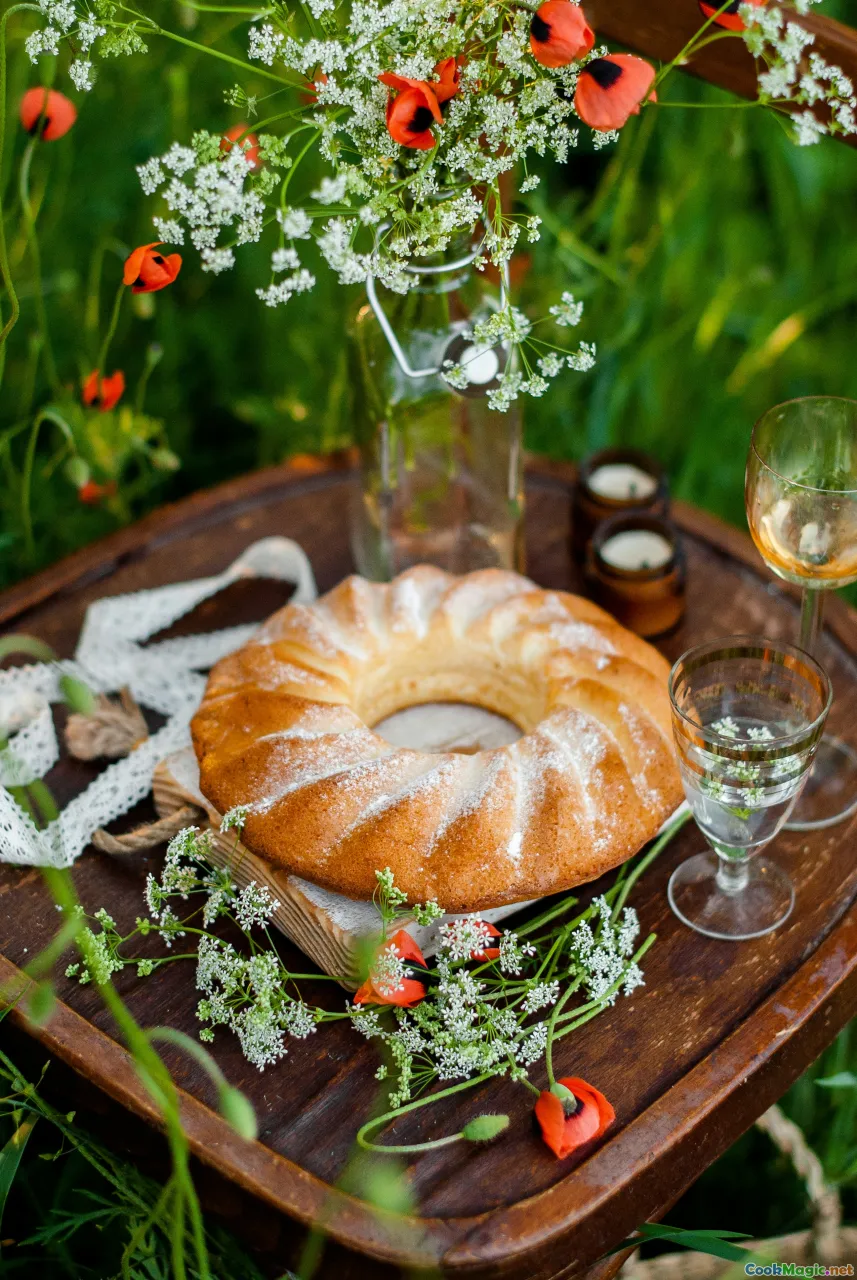
Why Czech Fruit Dumplings Celebrate Summer
The magic of these sweet treats lies in their fleeting seasonal peak. Each bite encapsulates the freshness of ripe fruit, the warmth of homemade dough, and the camaraderie of shared tables. They remind us that the simplest ingredients, when treated with care and tradition, become expressive culinary artifacts.
As you savor your own versions of ovocné knedlíky, consider not just the flavors but also the memories they evoke—family gatherings, summer adventures, and cultural celebrations. They are, after all, more than dessert; they are a testament to Czech resilience, creativity, and the enduring love for life’s sweet moments.
So, whether you’re wandering through Prague’s cobblestone streets, picnicking in the Czech countryside, or cozying up in your kitchen, the delightful tradition of fruit dumplings invites you to taste summer’s spirit one sumptuous bite at a time.










